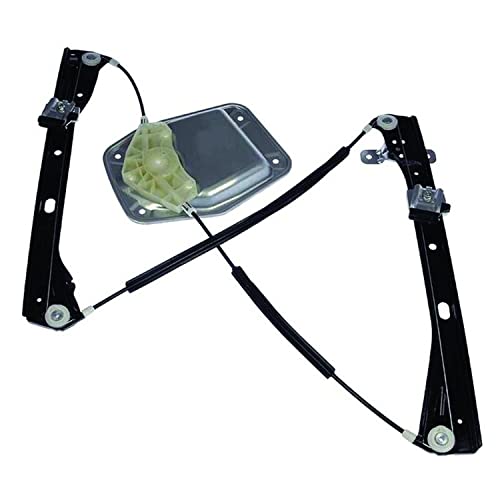Johnnyâ„¢ said:
well if you wanna go the whole hog and be totally buy a rack of X-serves and have them all hot swapped to take them off site.
You've missed my point which is that what is necessary to have sufficient protection will vary from one situation to another. Implementing ANY backup strategy without thinking about what it actually required and what risks are acceptable is likely to leave your kicking yourself at a later date. You can't just go do the same as somebody else and assume that their strategy will also work for you.
Remember that huge explosion/chemical fire thing a while back? There was a computer place just around the corner. They had backups in a firesafe. Trouble was that the explosion/fire took out all the systems and because the site was in a danger zone, nobody could get anywhere near to retrieve the tapes from the safe. All of their customers, who had data on their server, ended up being off-line until the site was made safe enough for somebody to go in and get the tapes. Luckily they were far enough from the centre of the blast that the fire safe wasn't destroyed (they are fire resistant - they are not indestructible).
So how do you work around something like that? Well, at the last company I worked for we had a nightly tape backup with several tapes in rotation. Each morning I would check that it was okay, then when I left at the end of the day I would take it home with me and SWAP it for the previous days tape which I'd brought home the day before. I would then take the older ape back to work the following morning and place in the firesafe with the other tapes. Thus there was ALWAYS a tape off site at my house some 30 miles away.
Now such a strategy is probably over the top for a home user but here's a couple of suggestions for Mike F (who is working on a book and therefore has some project data that is pretty important to him):
1. At appropriate intervals, burn a copy of the project onto a CD, take it to work, and keep it in your desk draw.
2. Get two USB memory sticks and put the project onto both. Keep one at home and one at work. When you need to update, put the info onto your home stick and take it into work. Both sticks are now at work but this is not a problem because you also have your data on the computer at home. Swap the sticks so you leave the most up to date stick at work, bring the other one home and copy your files onto it.
Personally I prefer for the first option because the CDs will give you an archive over time which will be useful if you suddenly discover that a file got deleted or corrupted a couple of months back and you hadn't noticed.
See what I mean now when I say that you need to think about these things? You don't need to spend a packet on weird hardware housed in concrete bunkers or commit yourself to a complicated and tiresome routine to implement a robust backup strategy. You just need give it a bit of thought. ;-)































